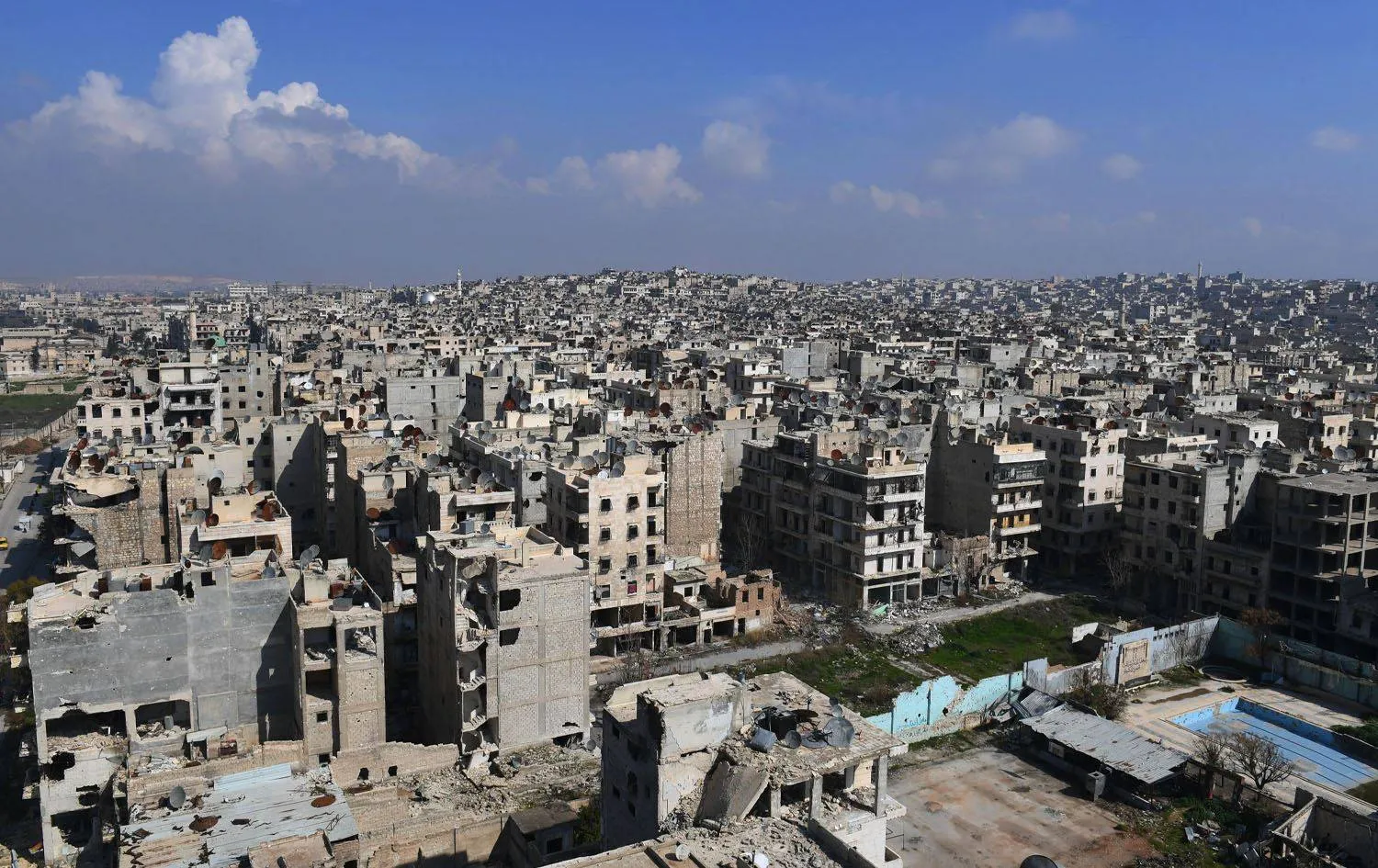The second round of discussions among US-sponsored Kurdish political parties tackled defense and protection affairs and how to allow Syrian Peshmerga forces to deploy in Kurdish regions in northeastern Syria, revealed informed Kurdish sources.
The Kurdish National Council and the Kurdish National Unity Parties met earlier this month at the international coalition base in al-Hasakeh. The meeting was attended by commander of the Syrian Democratic Forces (SDF), Mazloum Abdi.
The defense and protection file is witnessing major challenges and has raised doubts about whether the seven-month long Kurdish talks will yield positive results. This is the thorniest issue because the Peshmerga – the armed wing of the Syrian Kurdish National Council – has since its formation in 2012 been deployed in the neighboring Iraqi Kurdistan Region. The Peshmerga is comprised of Kurdish defectors from the Syrian regime army and volunteers from Kurdish regions.
Leading commander of the force said it comprises some 7,000 fighters, none of whom have fired a single shot in Syria.
“We did not take part in battle inside Syria, but when ISIS attacked the Kurdistan region in mid-2014, we were forced to join the fighting and we lost several martyrs,” he added.
A prominent official in the Kurdish council said the Peshmerga are estimated at 15,000 members, including 7,000 fighters and 8,000 recruits.
The Kurdish sources described the ongoing negotiations between the Kurdish parties as “very complicated and sensitive”. They cited the difficulties in returning the Peshmerga amid the deployment of a second major Kurdish force, the People’s Protection Units (YPG). The YPG are the military backbone of the SDF that controls the majority of regions east of the Euphrates River and receives support from the international coalition to fight ISIS.
Any Kurdish deployment needs to take into account threats from Turkey amid its rejection of the presence of such forces near its borders.
The return of the Peshmerga will require an international agreement between the countries deployed east of the Euphrates.
According to the Kurdish official, their return hinges on a comprehensive intra-Kurdish agreement being reached, which includes defense and protection and that they play real role as partner. It also hinges on an international agreement, with UN sponsorship, and understandings being reached between Moscow and Washington. Most importantly, regional armies involved in the war, especially Turkey, must keep out of the area.









